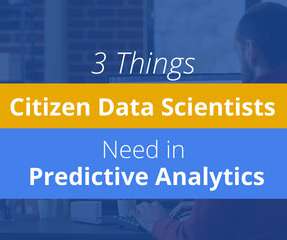Skilled IT pay defined by volatility, security, and AI
CIO Business Intelligence
OCTOBER 4, 2023
There’s also strong demand for non-certified security skills, with DevSecOps, security architecture and models, security testing, and threat detection/modelling/management attracting the highest pay premiums. AI skills more valuable than certifications There were a couple of stand-outs among those.




















Let's personalize your content